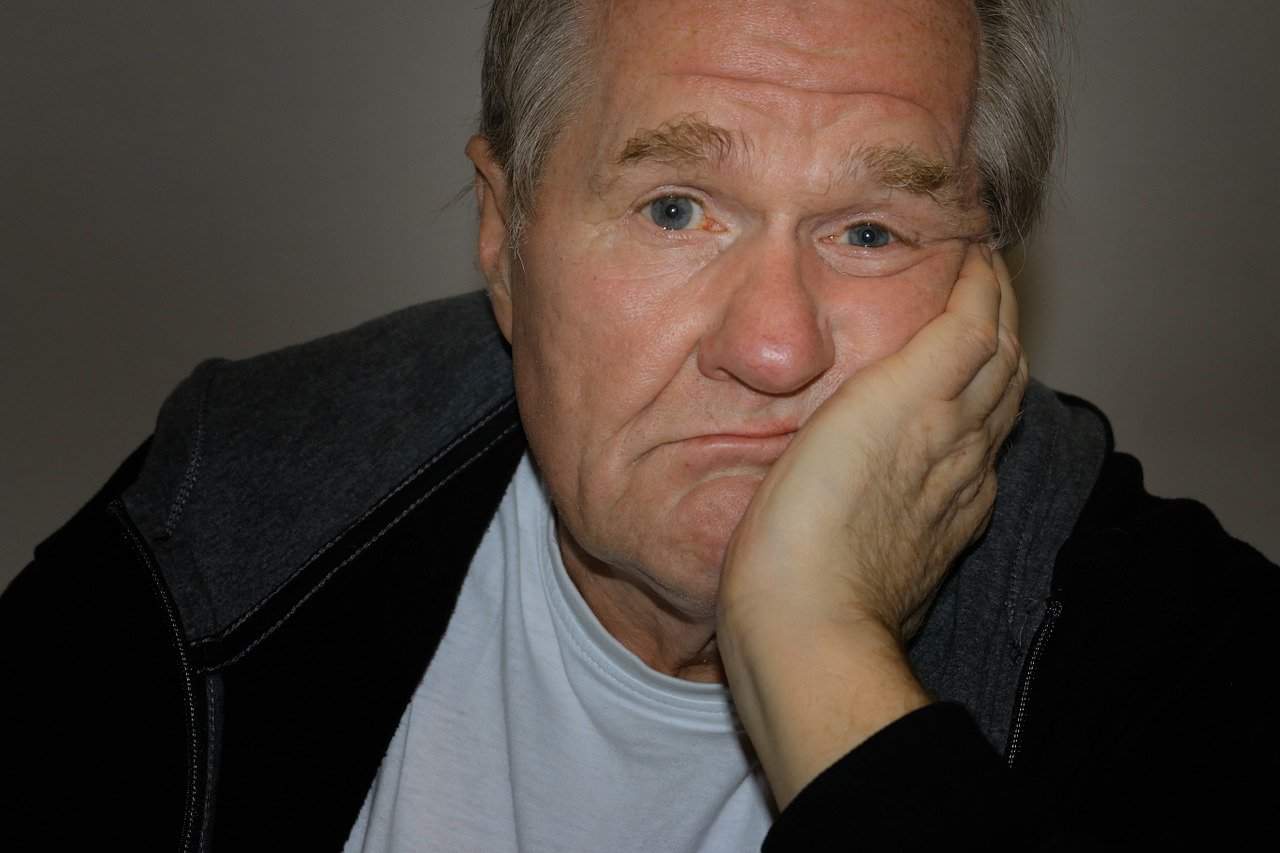Thinning and graying hair are usually the results of age. As time passes, hair follicles become finer and their hair production decreases. Normally, hair has a life-cycle. When a strand falls (when it’s cycle ends) the follicle enters a resting phase before producing new hair. This resting phase becomes larger with age, so follicles take longer to reactivate. This is also a reason why, as you age, you seem to have less hair. Follicles that do reactivate will produce hair that has a shorter life span, so your hair may seem to grow slower. Graying happens when the melanin pigment-making cells at the base of the follicle decrease their activity. This is linked to the production of an enzyme called tyrosinase.
Genetic traits and hormonal changes deeply impact the way in which follicles enter each resting cycle, and how long they take to become active again. Genetics and hormones also determine tyrosinase production. While a stem cell shampoo can be of great help, there are other ways to improve thinning hair.
Other than age, a determining factor for graying and thinning hair is stress. Stress can cause more follicles to enter a resting phase at the same time, resulting in shedding. Usually, hair that falls off is more pigmented. The result is that the remaining hair is thinner and less pigmented. Significant hair loss or graying at a young age are usually caused by underlying health conditions and people experiencing this should consult with their doctor.
If you are experiencing thinning or graying hair, there are some ways to improve it:
- Make sure to get a proper protein, mineral and vitamin intake. Because hair is not an essential body structure, if the body lacks nutrients, it will divert the ones that it’s getting to other, more important structures. Iron, zinc, vitamins A, B, C, and D, iodine, fatty acids, and iron deficiencies will likely result in thinning and greying hair at a faster pace.
- Get a hormone boost: because hormonal changes in late adulthood are at the base of thinning and graying hair issues, eating foods that boost hormones is highly recommended. Isoflavones (plant estrogens) are found soy products such as tofu and edamame, but also in lentils, nuts, seeds, and sweet potatoes. For some people, hormone replacement therapy might be recommended, but it is only your physician who can determine the best course of action.
- Caffeinated Shampoos: These shampoos help relax and smooth muscle fibers that surround the hair, resulting in increased blood flow. It also helps inhibit certain enzymes related to hair loss in both men and women.
- Avoid eating too much salt, as it has an adverse effect on hair follicles. Also, try to stay away from low-nutrient, high-sugar processed foods.
- Consider taking nutritional supplements, such as probiotics, soy isoflavones, and flaxseed oil.
- Stimulate blood flow and loosen tension in your scalp by gently massaging while shampooing.
- Keep an eye on thyroid function and ask your doctor if you see sudden hair changes such as excessive shedding or bald patches.
- Reduce stress as much as possible. Gentle exercise and meditation are great alternatives to reduce stress.
- Keep your showers cool. Hot water is known to dehydrate hair and make it weaker and more brittle. Cold water, on the other hand, promotes blood flow.
- Treat your hair with oil treatments. You can use olive oil, argan, jojoba or rosemary oil in order to lock moisture and prevent breakages.
- Coloring treatments can also boost thickness. Make sure to choose one that is low on chemicals and keep an eye on possible allergens.
- Keep your hair short. As follicles enter rest stages more rapidly and remain there for longer periods if you are experiencing thinning it is best to keep your hair on the shorter side.
- Visit your dermatologist. Sometimes, hair thinning can be improved by scalp treatments that only dermatologists can prescribe.
- For a fuller look, you can add volumizing hair products. While these will not help with underlying issues, they will make your hair look thicker.
- Cover your hair from the sun. Using a hat or scarf will protect your hair from damaging sun exposure.
- Avoid smoking and smoke exposure.
While gray and thin hair is a result of an aging process, and it is mostly determined by genetics, there are ways to slow it down. Regardless of age, yearly visits to your physician should not be overlooked. Sometimes, a rapid change in your hair’s health is a symptom of an underlying health condition that can be reversed when caught early. This is especially important when thinning and greying happen before your mid-thirties.

